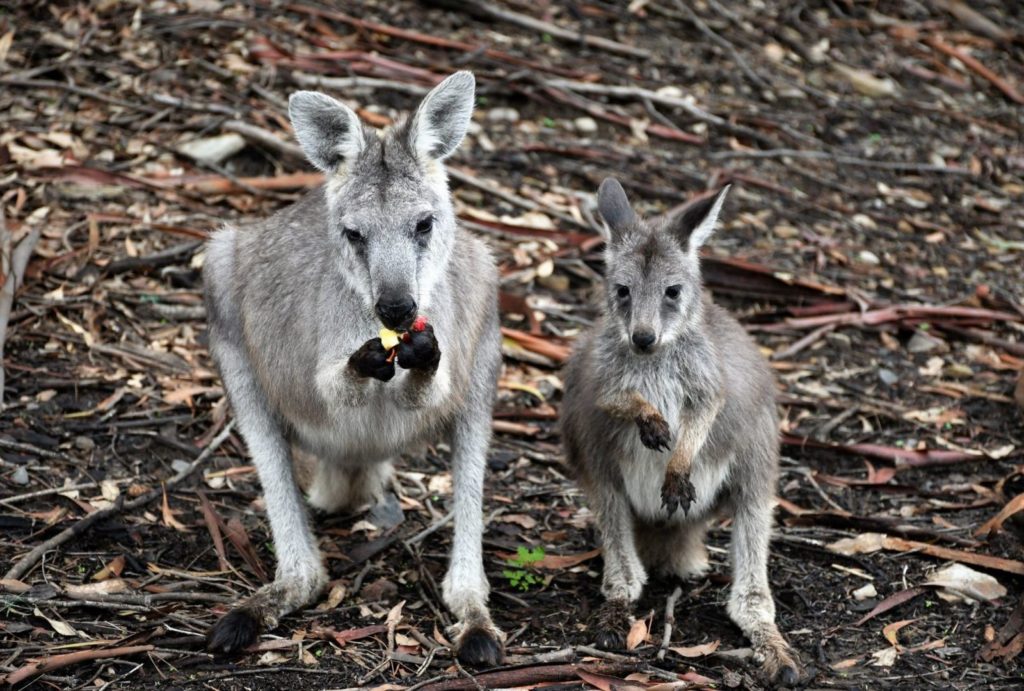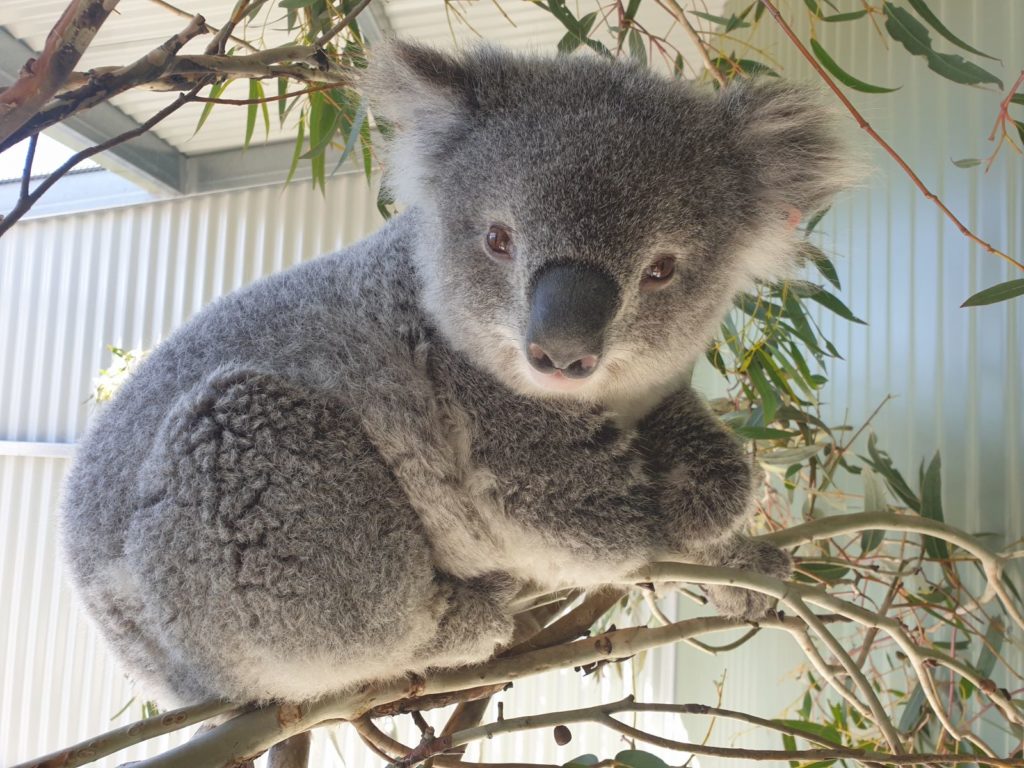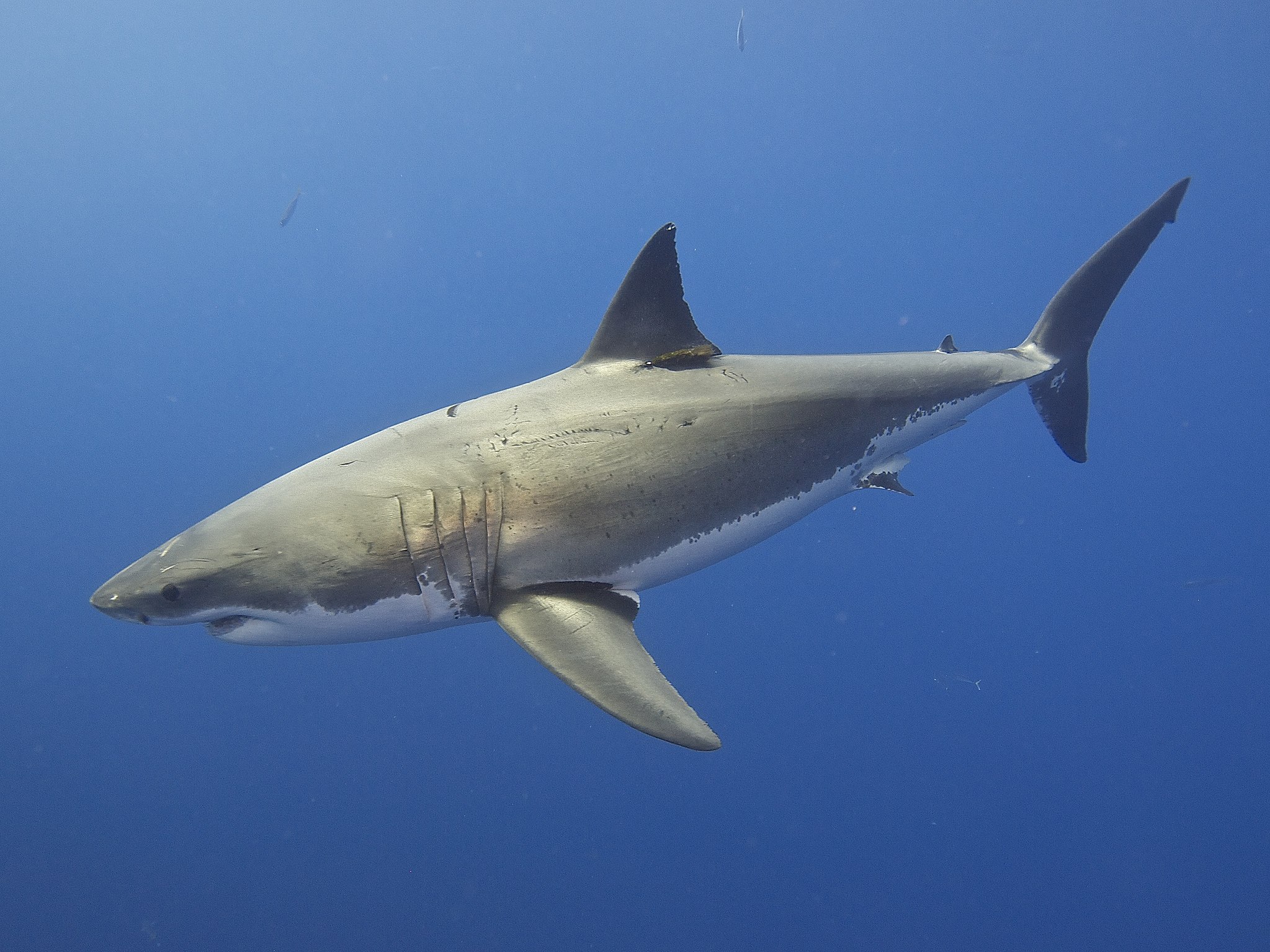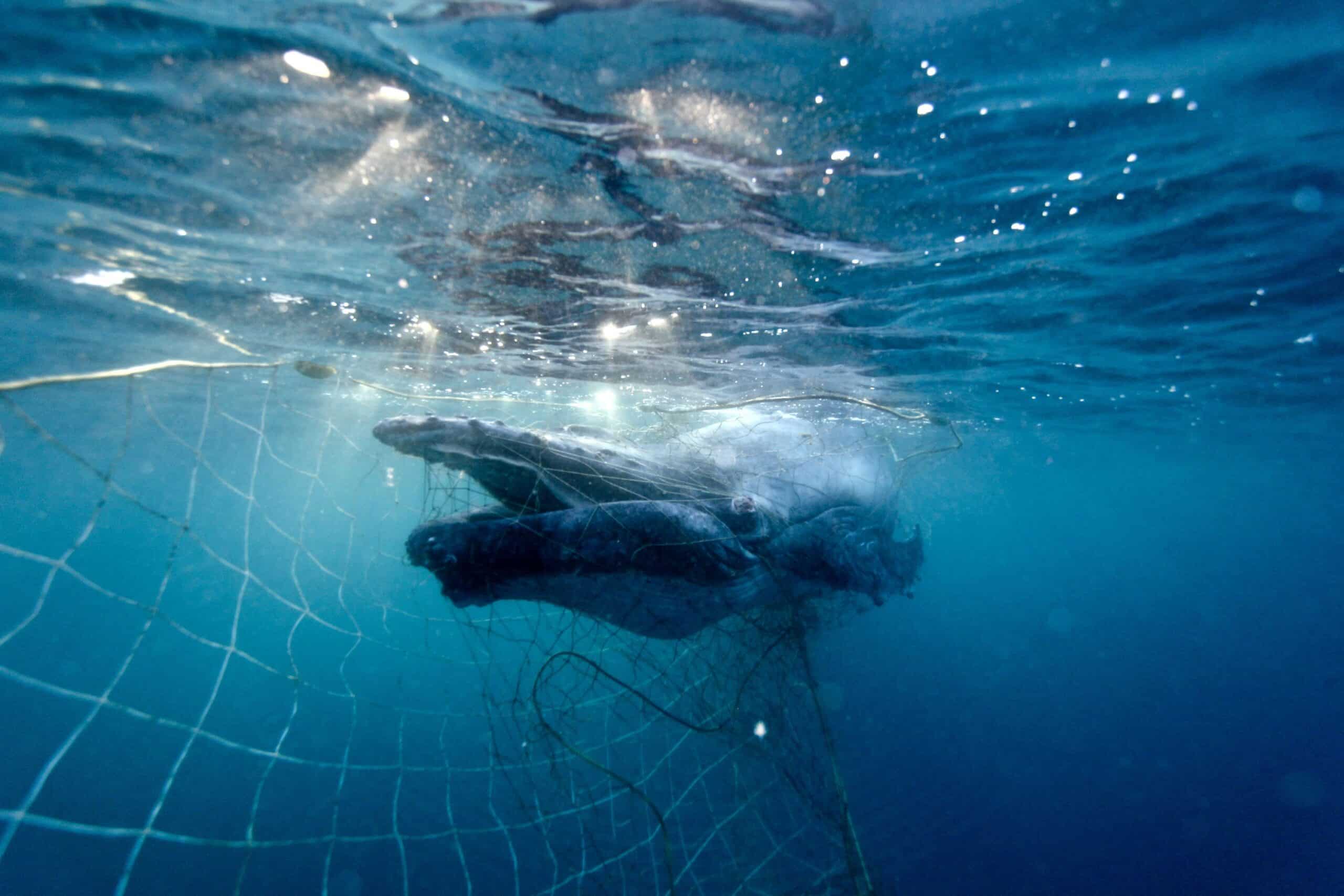Research shows that Australia’s great white sharks are highly related to each other and may consist of fewer than 500 breeding animals. SYDNEY, 24 June 2025: Latest research has found Australia’s great white shark population is much smaller than expected, increasing their vulnerability to further population threats. The population...
Humane Society International’s first disaster deployment in Australia was a confronting experience none of us will forget. Reflecting on our experiences on Kangaroo Island, what we had heard from communities across the country, and being all too aware climate change is driving more severe and frequent extreme weather events, we knew we had to do more to protect wildlife in disasters.
To get the ball rolling we quickly engaged BG Economics to take the pulse of the wildlife rescue and rehabilitation sector’s experience throughout those dreadful months that have come to be known as the ‘Black Summer’. They analysed the experiences of 35 organisations and individuals surveyed through in-depth interviews, with the resulting report Safeguarding Australia’s Wildlife recommending sweeping changes to the management of wildlife emergency response and wildlife carer support.
The report’s 12 recommendations provide a disaster response roadmap for all stakeholders united in their commitment to wildlife:
1. Planning: Policy, procedure and protocol templates, backed by scientific intervention models, should be developed by governments in collaboration with wildlife organisations to streamline intervention processes for future bushfire events
2. Planning: Local and state government emergency and fire management plans should be enhanced to address wildlife response. These should be developed in conjunction with local wildlife organisations for a sense of shared ownership and more efficient and effective outcomes for all stakeholders
3. Training: Alternative training options, such as online courses, should be investigated and resourced in preparation for future bushfire seasons
4. Coordination: Paid coordination teams, suitably trained in bushfire and wildlife response, should be considered in each state and territory to direct resources for the best outcomes
5. Communications: Improved communication models should be developed by governments with input from wildlife organisations to expedite the flow of time-critical information
6. Communications: Satellite phones and a reasonable monetary allowance should be made available by governments to responders, or at a minimum should be subsidised
7. Search and Rescue: Sophisticated technologies such as drones and infrared cameras should be made available by governments to organisations or subsidised at a minimum
8. Animal Welfare: Numbers and availability of suitably qualified shooters and darters should be significantly increased
9. Animal Welfare: Increased investment in mobile wildlife vet clinics should be a priority, especially in areas remote to static veterinary hospitals and clinics
10. Safety: Individuals who have completed the relevant wildlife training course should be provided with a standard operations kit, including PPE
11. Financial: Wildlife organisations identified as being in a financially precarious position should receive emergency grant funding where longer-term viability can be established
12. Mental Health: Volunteers should be given access, or increased access, to appropriate debriefing, trauma counselling and psychological support services

The message from the report couldn’t be clearer. We need wildlife groups to be working together with governments and emergency services to drastically improve coordination, we need to build regional capacity with facilities and trained responders, and we need to look after the mental wellbeing of the volunteer responders we rely on.
This need for more mental health support has risen to the top of many wildlife carers’ wish lists. Frances Carleton, the founder of WildTalk (and organisation that provides nationwide mental health support for wildlife carers) said Safeguarding Australia’s Wildlifeconfirms anecdotal evidence that wildlife workers and volunteers have suffered deep psychological wounds requiring specialist debriefing and ongoing counselling support. We need to do much more to be there for this largely volunteer-led sector that we rely on so heavily in both emergencies and everyday situations.
A lack of access to restricted locations such as National Parks was also a frequently cited issue. While governments have typically taken non-interventionist approaches to wildlife rescue in these areas during emergencies, the immense suffering witnessed during the Black Summer and the fact that anthropogenic climate change and land management practices are key drivers of fire frequency and severity have seen societal expectations around intervention change considerably. Serious consideration needs to be given to adjusting policies to reflect these views.

While other reports on the Black Summer bushfires such as the findings of the Royal Commission have provided very welcome recommendations for improved wildlife rescue practices, Safeguarding Australia’s Wildlife is the first study to analyse the wildlife rescue and rehabilitation sector’s specific experience in depth and shows so much more is needed to support the people selflessly looking after our wildlife in what are often incredibly traumatic scenarios.
HSI is already acting on the report’s findings. We have invested in staff training, emergency field stations, and significant wildlife carer support (our Wildlife Emergency Response Fund has distributed about $1 million to wildlife carers since November last year) and are now seeking to work with the Commonwealth and all state and territory governments to implement these recommendations and improve wildlife welfare in disasters.
Subscribe to stay informed with our regular blogs and campaign updates
Evan Quartermain is Head of Programs at Humane Society International and has been with the organisation since 2010. A member of the IUCN World Commission on Protected Areas, Evan is responsible for HSI’s terrestrial habitat and wildlife protection campaigns and programs, with particular focus on legislative reform, flying-foxes, dingoes, and habitat protection through Threatened Ecological Community and Natural Heritage nominations. He also has oversight of HSI’s Wildlife Land Trust and Emergency Response programs.


